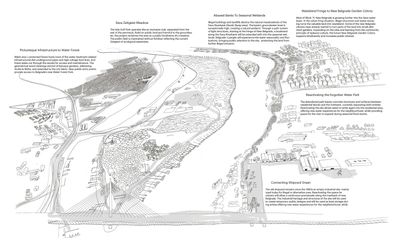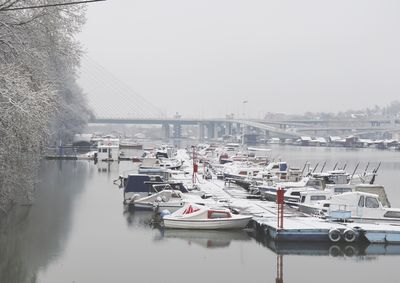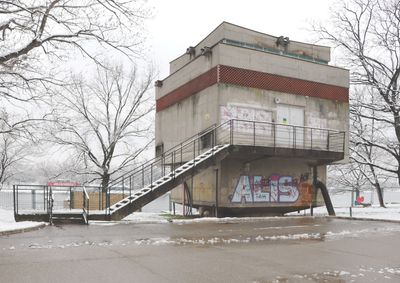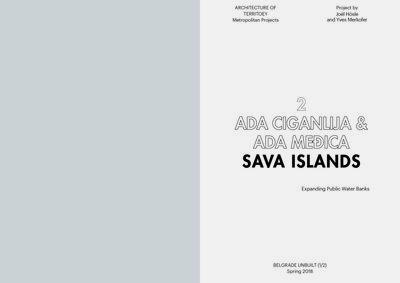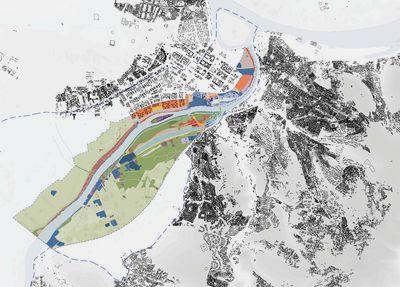Ada Ciganlija & Ada MeđicaSava Islands: Expanding Public Water BanksJoel Hösle and Yves Merkofer

Originally popular among fishers and first inhabited by Romani nomads, the nature-made islands in the Sava River has had a turbulent history, from strategic access points to the city and prison during wartimes to a wild borderland and occasional scenic retreat for bohemian citizens. The island’s microclimate allows for high air humidity resulting in lower temperatures during summer, so it is no surprise that its beaches became increasingly popular among the citizens. Connected artificially with the mainland in the second half of the 20th century it is now one of Belgrade’s most prominent recreational areas and the city’s drinking water reserve at the same time. Damns were built to create two basins for the water treatment systems. The constructed lakes were nicknamed “More Beograda,” the Belgrade Sea, turning the island into a hub for mass sporting activity boasting beaches, swimming pools, sports facilities, hotels, a golf course, bars, restaurants, nightclubs, and a small marina. Surrounded by gravel beaches and leisure facilities, it is also one of the most popular recreational areas. Managed by the municipal government via the public enterprise “Ada Ciganlija,” most of the island is owned by the public authorities. Some private entities administer businesses and recreation facilities, such as the golf course.
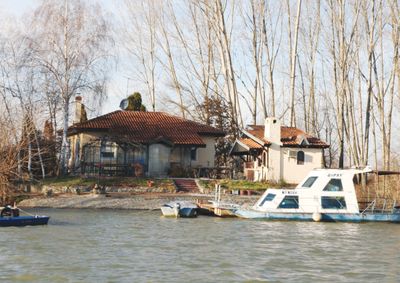

The northern shore is lined with attached floating barges or houses on the water owned by inhabitants of Belgrade as a weekend refuge. Many city dwellers come here regularly to enjoy fishing excursions, picnics, or barbecues. The smaller Ada Međica is lined with similar weekend houses on stilts but managed autonomously by the community of inhabitants instead. Self-established guidelines such as the limited size of structures, the shared solar electricity panels, or the drinking water connections keep this island functioning without public infrastructure. On the other hand, Ada Međica is prone to frequent flooding since the city authorities deem a fortification of the shoreline not to be profitable enough. The project Sava Islands: Expanding Public Water Banks explores how protective land uses can be expanded to create hybrid landscapes of leisure, water treatment, and nature protection. By comparing the two systems of organisation, formal and informal, we raised the question of how to manage a public asset for the benefit of all users and the environment.
The project aims to transform the river bank and adjacent fabric to adapt to unpredictable climate change-related natural hazard events. Good examples of land use and organisation, learned by studying Ada Ciganlija & Ada Međica, will spread to the surrounding riverbanks forming a vast river bank landscape composed of Seasonal Wetlands, Garden Colonies, a Water Park, a Water Forest and the Zeitgeist Meadow on Ada Ciganlija. The new extended landscape will comprise publicly accessible and communally maintained recreational spaces that simultaneously protect the groundwater reserve.
